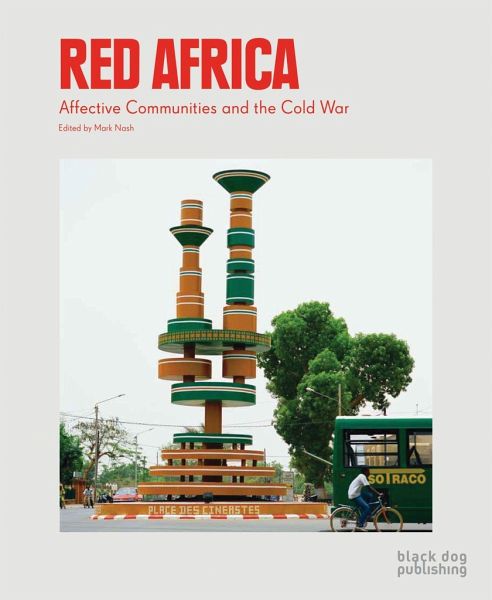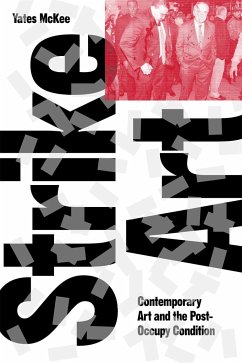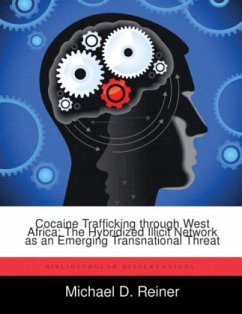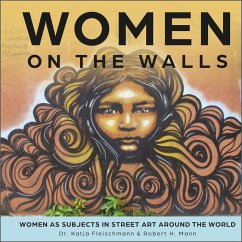Nicht lieferbar

Broschiertes Buch
Red Africa: Affective Communities and the Cold War
Versandkostenfrei!
Nicht lieferbar




"Red Africa" is the culmination of a two-year research programme and exhibition project at Calvert22, London, and Iwalewa House, Bayreuth.
Mark Nash: Mark Nash is a curator, film historian and filmmaker, with a specialism in contemporary fine art moving image practices, avant-garde and world cinema. He was Professor and Head of Programme Curating Contemporary at the Royal College of Art. Prior to that Mark Nash was Director of Fine Art Research at Central Saint Martins College of Art & Design. He has also been a Senior Lecturer in Film History and Theory at the University of East London, and Visiting Lecturer on the Whitney Museum Independent Study Programme in New York. He has also taught in a number of US institutions including Harvard, NYU and UC Santa Cruz, and has collaborated with Universitario Napoli Orientale, Department of Anglo American studies (collaboration on the EU-funded 'Museums and Libraries in the Age of Migrations' project), Central Academy of Fine Arts, Beijing, Department of Curating and Jagellonian University, Cracow, Department of Curating.
Produktdetails
- Verlag: Black Dog Press
- Seitenzahl: 192
- Erscheinungstermin: 29. November 2016
- Englisch
- Abmessung: 279mm x 228mm x 20mm
- Gewicht: 1102g
- ISBN-13: 9781910433942
- ISBN-10: 1910433942
- Artikelnr.: 44580411
Herstellerkennzeichnung
Libri GmbH
Europaallee 1
36244 Bad Hersfeld
gpsr@libri.de
Für dieses Produkt wurde noch keine Bewertung abgegeben. Wir würden uns sehr freuen, wenn du die erste Bewertung schreibst!
Eine Bewertung schreiben
Eine Bewertung schreiben
Andere Kunden interessierten sich für










